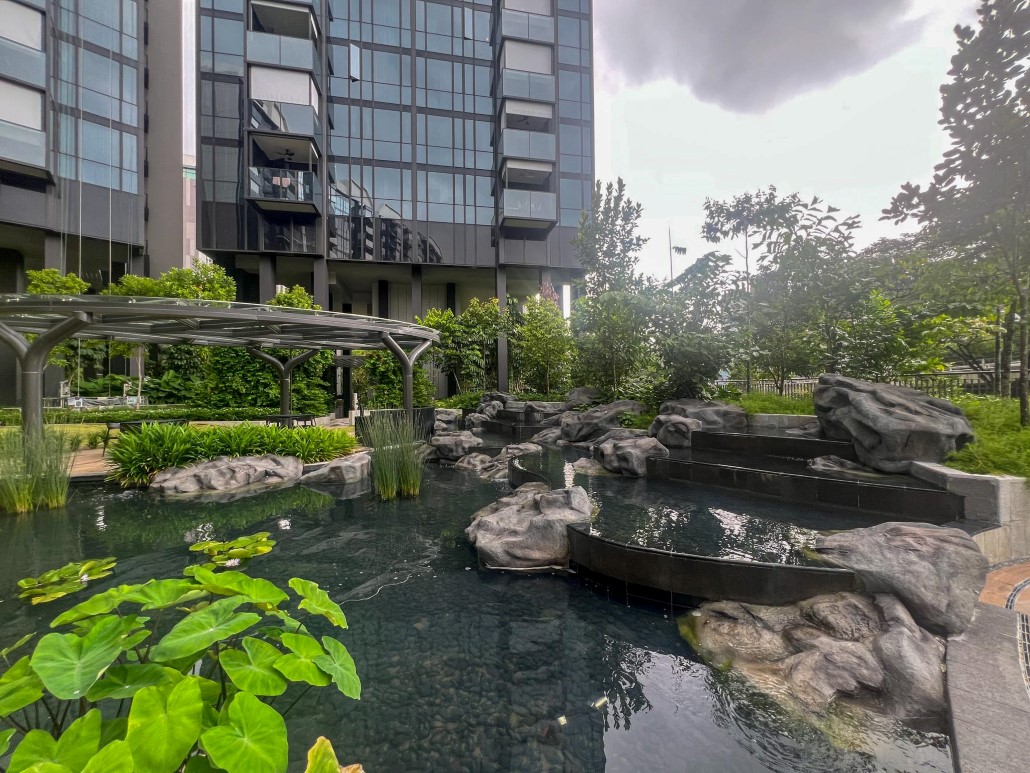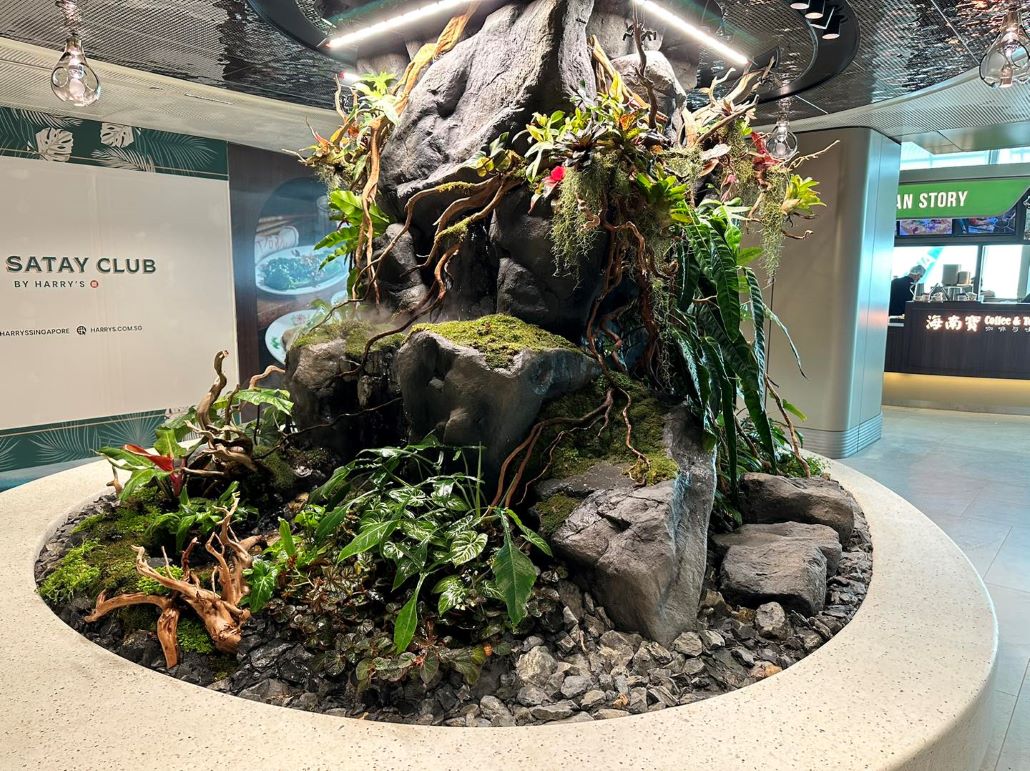Rocks Reimagined: GFRC’s Place in Modern Architecture
In the realm of architecture, the use of rocks has long been celebrated for both its aesthetic appeal and functional durability. From ancient monuments to modern masterpieces, natural stone has served as a cornerstone of design, offering timeless beauty and resilience.With the emergence of innovative materials like ES-Simulated Rocks (GFRC), homeowners and designers now have an exciting alternative that combines the elegance of natural stone with enhanced versatility.
These simulated rocks can be moulded into various shapes and sizes, enabling architects to create unique designs that traditional stone cannot accommodate. As architects and designers continue to explore new ways to integrate the essence of natural stone into their projects, they are discovering that these advanced materials not only mimic the look of real rock but also provide significant advantages.
By leveraging the flexibility of GFRC, we can achieve intricate designs while maintaining the durability and low maintenance associated with synthetic materials. Incorporating ES-Simulated Rocks into architecture allows for a seamless blend of nature-inspired aesthetics with modern design principles, ensuring that both beauty and functionality are prioritised in every project.
Understanding Rock Aesthetics
Rocks have always played a significant role in architectural design. Their natural textures and colours can evoke a sense of comfort, familiarity and connection to the earth. In modern architecture, the challenge lies in replicating these qualities while addressing practical concerns such as weight, installation complexity, and environmental impact. This is where ES-Simulated Rocks (GFRC) come into play, offering a versatile alternative that maintains the aesthetic appeal of natural stone.
GFRC’s Role in Modern Design
ES-Simulated Rocks (GFRC) are engineered to mimic the appearance and texture of natural rocks, providing architects with a material that combines beauty with performance. The unique composition of GFRC allows it to be moulded into various shapes and finishes, enabling designers to achieve intricate details that would be challenging with traditional stone.
The lightweight nature of GFRC makes it an ideal choice for large-scale applications, reducing the need for heavy structural support. This flexibility allows for creative freedom in design, whether it’s for facades, landscape features, or decorative elements.
Benefits in Construction Projects
Using ES-Simulated Rocks (GFRC) offers several practical advantages:
Ease of Installation : The lightweight properties of GFRC lead to quicker and more straightforward installation processes, reducing labour costs and project timelines.
Weight Reduction: Compared to natural stone, GFRC significantly lowers the overall weight of architectural elements. This not only simplifies transportation but also minimises structural requirements.
Design Flexibility: GFRC can be customized in terms of colour, texture, and finish, allowing architects to create unique designs that align with their vision.
-
Environmental and Safety Advantages
In today’s construction landscape, sustainability is paramount. ES-Simulated Rocks (GFRC) contribute to greener building practices in several ways:
Reduced Environmental Impact : GFRC is made using fewer natural resources than traditional stone materials. Its manufacturing process is more efficient, producing less waste and utilising recycled materials.
Improved Safety: The handling of heavy natural stones can pose safety risks on construction sites. GFRC’s lighter weight reduces these hazards, making it safer for workers during installation.
Case Studies: Successful Applications of GFRC
Here are several of our projects that have successfully integrated ES-Simulated Rocks (GFRC) into their designs well in place with Modern Architecture:
Changi Airport Terminal 2: ES-Simulated rocks blending flights with nature!
Vivo City, Marché: Cozing up eating spaces with a unique cozy cave space
Residential: Enhance your water feature with natural rockscape
In conclusion, ES-Simulated Rocks (GFRC) represent a significant advancement in architectural materials. By combining the timeless beauty of natural rock with modern engineering techniques, architects and designers can create stunning structures that are not only aesthetically pleasing but also environmentally responsible. As the construction industry continues to evolve, embracing innovative materials like GFRC will be essential for achieving sustainable design goals while pushing the boundaries of creativity.








